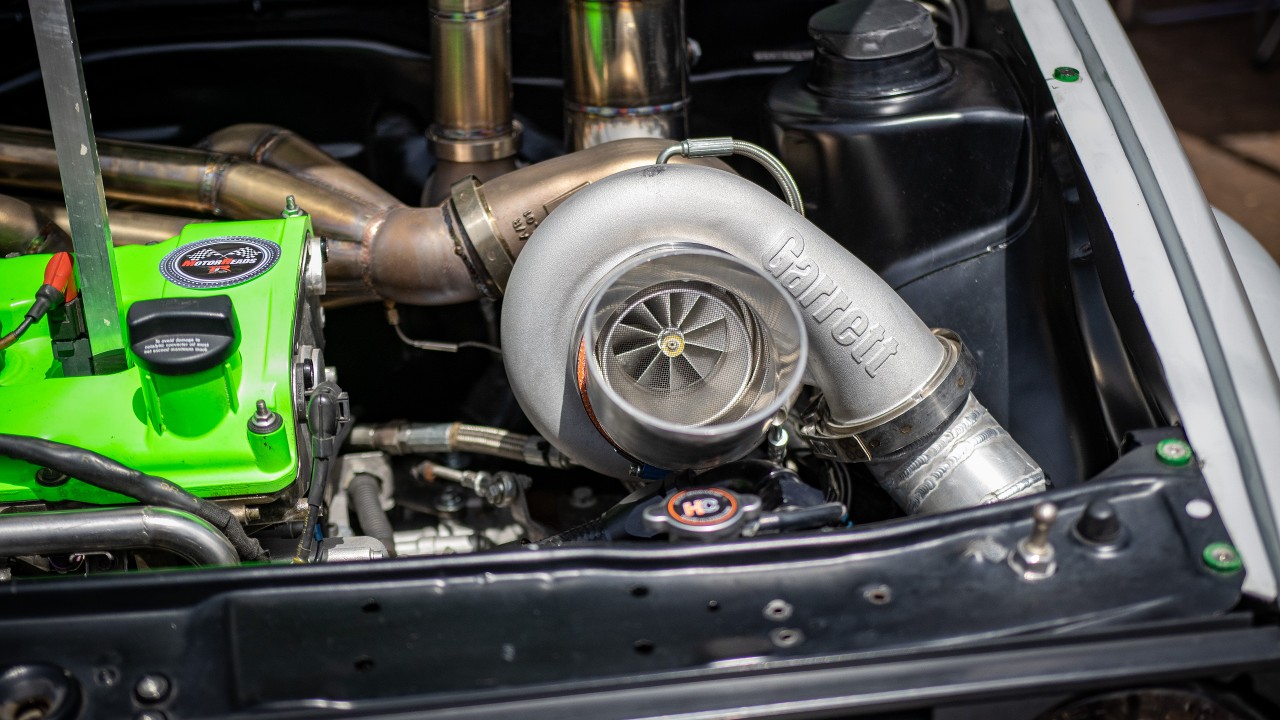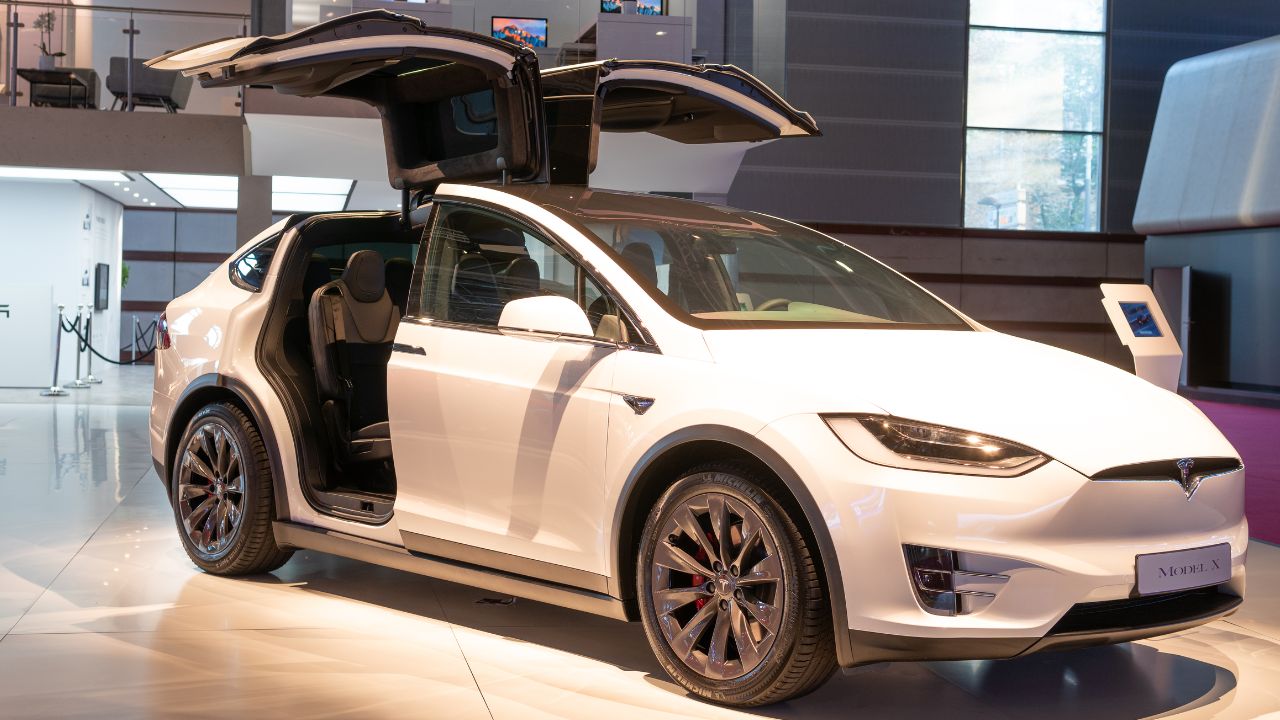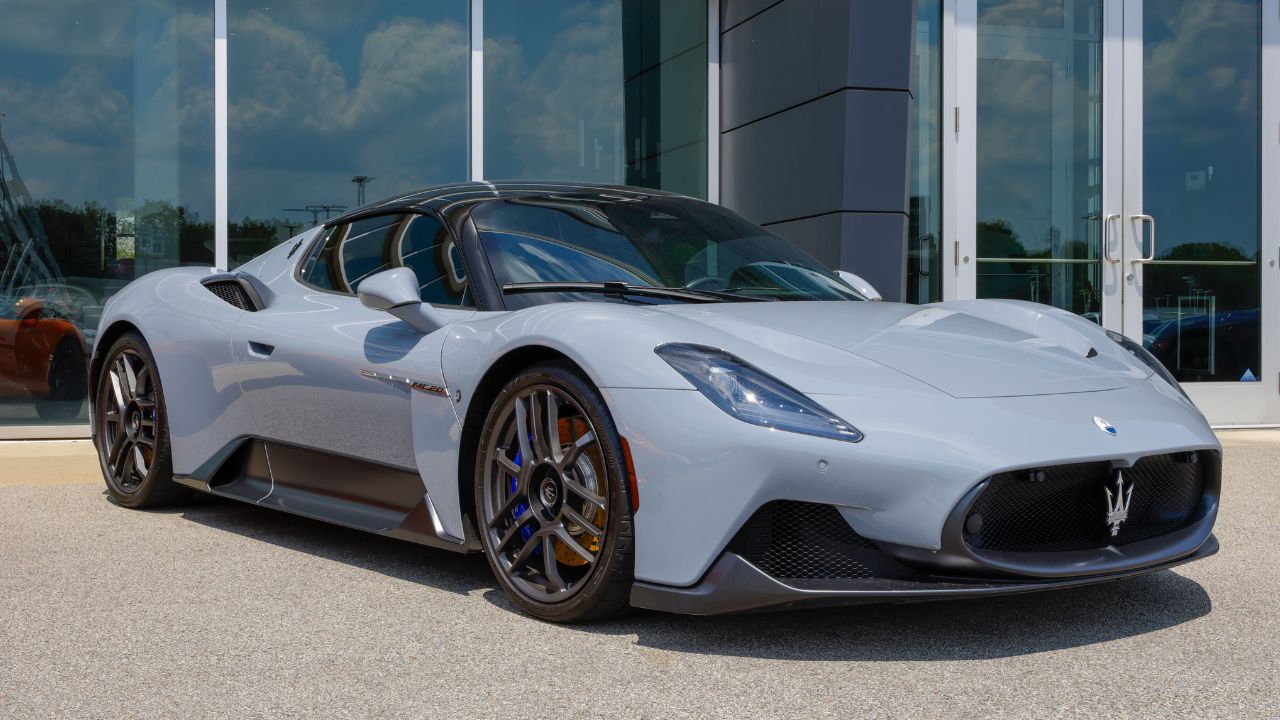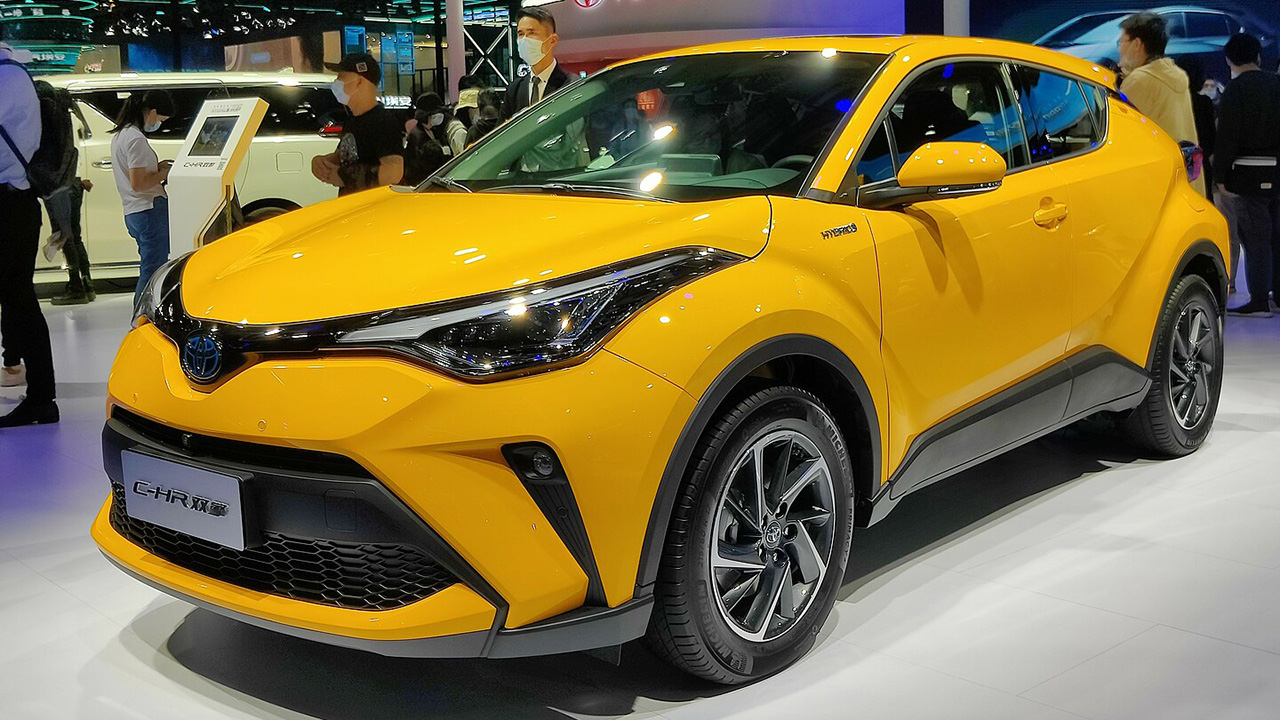Forced induction, a key innovation in automotive engineering, has significantly transformed street performance vehicles. By enhancing engine power and efficiency, turbochargers and superchargers have become critical components in the quest for speed and performance. The evolution of these technologies has reshaped the landscape of street performance cars.
The Evolution of Forced Induction Technology
The origins of forced induction trace back to early aviation, where superchargers were first used to improve the performance of aircraft engines at high altitudes. This technology gradually found its way into automotive engineering, with manufacturers like Mercedes-Benz introducing supercharged vehicles as early as the 1920s. These early applications laid the groundwork for forced induction in cars, although the technology was initially limited by the materials and engineering practices of the time.
Turbocharging has seen significant advancements over the decades, making it more accessible and efficient for street vehicles. The introduction of the exhaust-driven turbocharger by Swiss engineer Alfred Büchi in the early 20th century was a pivotal development. By the 1980s, turbocharging had become more robust, with models like the Saab 99 Turbo and the Porsche 911 Turbo showcasing its potential. Innovations such as variable geometry turbochargers and twin-scroll designs have further enhanced reliability and performance, allowing for quicker spool times and reduced lag.
Supercharging, on the other hand, evolved with a focus on delivering immediate power. Unlike turbochargers, superchargers are driven directly by the engine, providing a linear boost that is favored in applications where throttle response is critical. The Eaton supercharger, used in models like the Ford Mustang Shelby GT500, highlights the benefits of superchargers in achieving high horsepower without the lag associated with turbos. The ongoing debate between turbocharging and supercharging continues, with each offering unique advantages depending on the specific performance goals.
Impact on Engine Performance and Efficiency
Forced induction has revolutionized engine performance, allowing smaller engines to produce power levels traditionally associated with much larger, naturally aspirated engines. This is evident in vehicles like the BMW M3 and Subaru WRX, where turbocharged engines deliver impressive horsepower and torque figures. By compressing the intake air, forced induction increases the amount of oxygen available for combustion, resulting in more power and improved performance.
Beyond raw power, forced induction plays a critical role in enhancing fuel efficiency. Turbocharged engines can operate more efficiently at lower RPMs, reducing fuel consumption during everyday driving. This has allowed performance cars to achieve better miles per gallon without sacrificing power. The combination of smaller engine displacement and forced induction enables manufacturers to meet stringent fuel economy standards while still offering robust performance.
Modern forced induction systems also contribute to cleaner emissions, an important consideration given increasingly strict environmental regulations. Technologies such as intercooling and advanced engine management systems help optimize combustion, resulting in lower emissions of pollutants like NOx and CO2. This balance of high performance and environmental responsibility is a significant achievement in automotive engineering.
The Street Racing Scene and Cultural Impact
Forced induction has become a staple in the street racing community, providing affordable horsepower gains that have transformed the competitive landscape. The ability to significantly increase engine output with aftermarket turbo or supercharger kits has democratized performance, allowing enthusiasts to extract maximum power from their vehicles. Street races often feature turbocharged models like the Nissan GT-R and Mitsubishi Lancer Evolution, both of which have become icons in the scene.
The influence of forced induction extends to car modifications, where turbo and supercharger kits have driven growth in the aftermarket industry. Enthusiasts often seek to enhance their vehicles with bolt-on kits, tuning software, and supporting modifications to achieve even greater performance. This trend has also spurred innovation, with manufacturers continually developing new products to meet the demands of this vibrant community.
Media representations in movies and video games have further popularized forced induction, cementing its place in car culture. Films like “The Fast and the Furious” franchise and video games such as “Need for Speed” have showcased turbocharged cars in high-speed chases and competitive racing scenarios, inspiring a new generation of car enthusiasts. This cultural phenomenon highlights the enduring appeal of forced induction in automotive performance.

Challenges and Considerations
Integrating forced induction systems into vehicles presents several mechanical challenges, notably in heat management and engine durability. Turbochargers, in particular, generate significant heat, which can lead to issues like detonation and reduced engine life if not properly managed. Solutions such as intercoolers and heat-resistant materials have been developed to mitigate these risks, but they add complexity to the system.
From a financial perspective, the costs of installing and maintaining forced induction systems can be substantial. Enthusiasts must consider not only the initial investment but also the potential long-term costs of supporting modifications and repairs. Despite these challenges, the allure of enhanced performance often outweighs the financial implications for many car owners.
The ongoing challenge for manufacturers and tuners is to balance peak performance with day-to-day reliability. Forced induction systems must be carefully calibrated to ensure they provide the desired power gains without compromising the vehicle’s reliability. This requires a deep understanding of engine dynamics and a commitment to quality engineering.
Future Trends in Forced Induction
Emerging technologies in forced induction promise to further revolutionize street performance. Electric turbochargers, for example, offer the potential to eliminate lag entirely by using electric motors to spool the turbo before exhaust gases take over. This innovation could redefine the relationship between power delivery and efficiency, providing immediate response without sacrificing fuel economy.
The integration of forced induction with hybrid systems presents another exciting frontier. By combining turbocharging with electric motor assistance, vehicles can achieve unparalleled levels of performance and efficiency. Hybrid models like the Acura NSX demonstrate the potential of this synergy, where electric motors complement forced induction to deliver seamless power.
As the automotive industry shifts towards electric vehicles, the role of forced induction will need to adapt. While traditional turbochargers and superchargers may become less relevant, the principles of forced induction could inform the development of new technologies aimed at enhancing electric powertrains. The future promises continued innovation as engineers seek to push the boundaries of performance and efficiency.
Like Fast Lane Only’s content? Be sure to follow us.
Here’s more from us:
*Created with AI assistance and editor review.







Leave a Reply